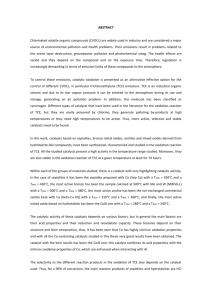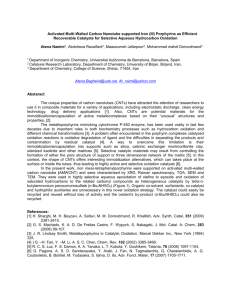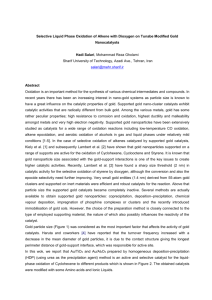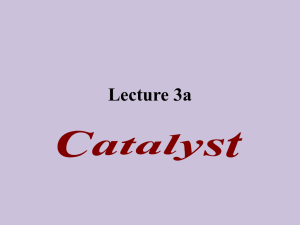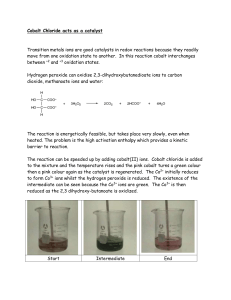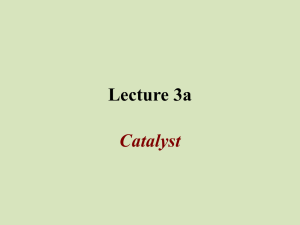Scientific abstract
advertisement
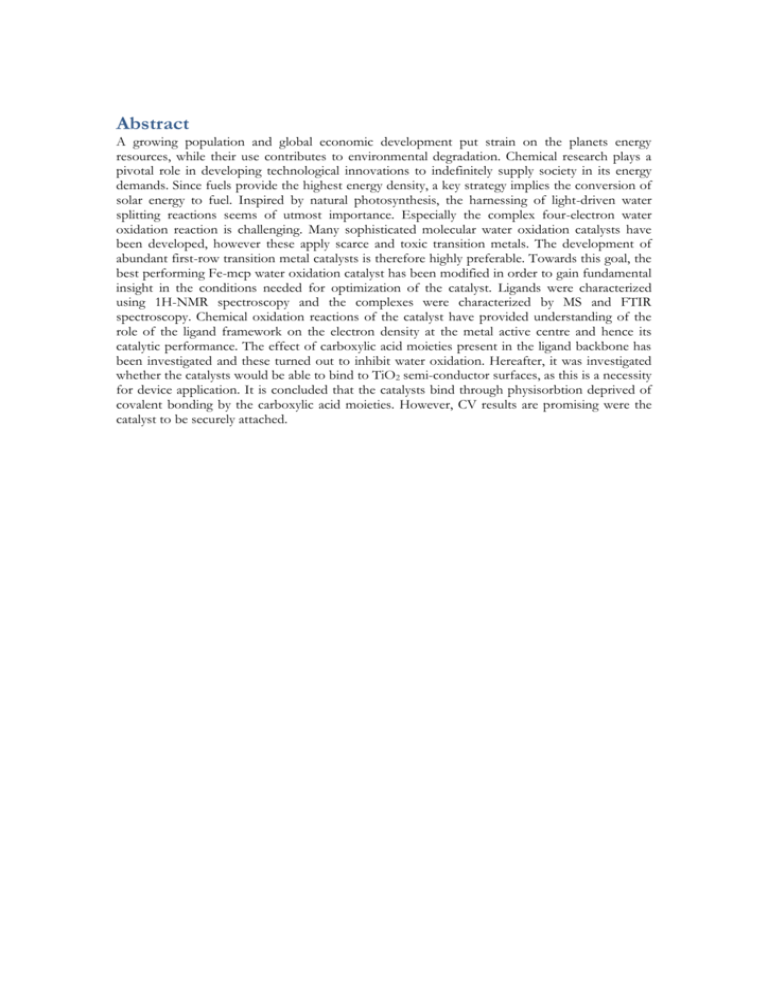
Abstract A growing population and global economic development put strain on the planets energy resources, while their use contributes to environmental degradation. Chemical research plays a pivotal role in developing technological innovations to indefinitely supply society in its energy demands. Since fuels provide the highest energy density, a key strategy implies the conversion of solar energy to fuel. Inspired by natural photosynthesis, the harnessing of light-driven water splitting reactions seems of utmost importance. Especially the complex four-electron water oxidation reaction is challenging. Many sophisticated molecular water oxidation catalysts have been developed, however these apply scarce and toxic transition metals. The development of abundant first-row transition metal catalysts is therefore highly preferable. Towards this goal, the best performing Fe-mcp water oxidation catalyst has been modified in order to gain fundamental insight in the conditions needed for optimization of the catalyst. Ligands were characterized using 1H-NMR spectroscopy and the complexes were characterized by MS and FTIR spectroscopy. Chemical oxidation reactions of the catalyst have provided understanding of the role of the ligand framework on the electron density at the metal active centre and hence its catalytic performance. The effect of carboxylic acid moieties present in the ligand backbone has been investigated and these turned out to inhibit water oxidation. Hereafter, it was investigated whether the catalysts would be able to bind to TiO2 semi-conductor surfaces, as this is a necessity for device application. It is concluded that the catalysts bind through physisorbtion deprived of covalent bonding by the carboxylic acid moieties. However, CV results are promising were the catalyst to be securely attached.

